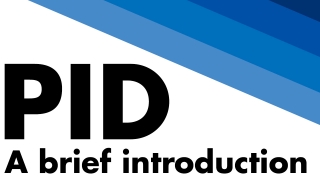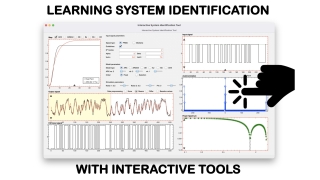A proportional–integral–derivative controller (PID controller or three-term controller) is a control loop mechanism employing feedback that is widely used in industrial control systems and a variety of other applications requiring continuously modulated control. A PID controller continuously calculates an error value, e(t), as the difference between a desired setpoint (SP) and a measured process variable (PV) and applies a correction based on proportional, integral, and derivative terms (denoted P, I, and D respectively), hence the name.
Topic
Proportional-Integral-Derivative (PID) Controller
This topic includes the following resources and journeys:
Filters
Category
3 items
PID Control - A Brief Introduction
Explanation
9 resources
This journey covers the very basics of PID control. The goal is to give you an intuitive understanding of the controller, how to implement it in code, and how to tune it. Plus, if you're...
See MoreWhy tuning rules for feedforward control for measurable disturbances are req...
Explanation
6 resources
Disturbances is one of the most important aspect of control problems. Without disturbances, process uncertainty, or unstable dynamics there would not be any need for feedback. Load...
See MoreLearning Linear System Identification using Interactive Tools for Process Co...
Explanation
6 resources
This journey introduces a fun and different way to learn Linear System Identification concepts by using interactive tools. Open-loop and closed-loop criteria are analyzed and discussed.
...
See More

